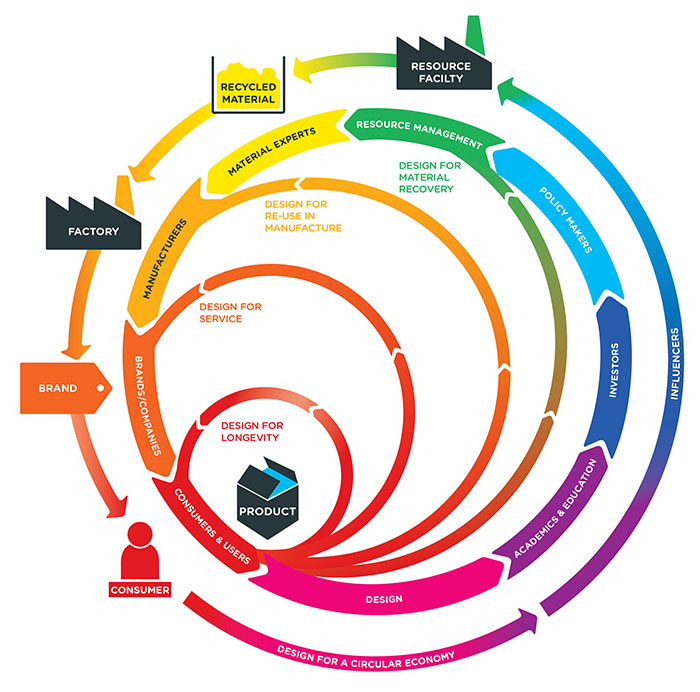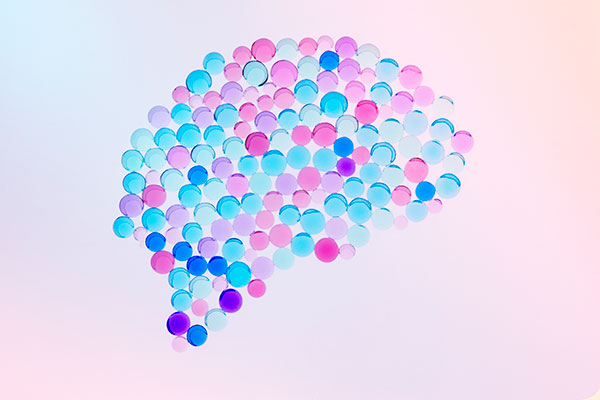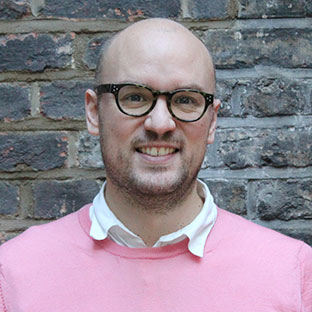I work in a think tank and also with school children. It might sound a bit incompatible, but what it means in practice is bringing pertinent thinking, research and practice from the RSA and beyond to schools.
We do this because we believe in education of the whole child and want to make a positive difference to young people and their teachers. Working in this environment makes me particularly conscious of the need to make sure that ideas are presented in a way that is both beautiful and accessible (and short).
The magic happens when you make ideas and information as accessible as possible to the widest number of people. If it works for a 12 year old, chances are it works for everyone.
Reducing barriers to engaging in civic life
There exists a section of the media who have deemed simplification as ‘dumbing down’ and in so doing, a negative thing. This is something I find to be intellectual snobbery – if someone has sought to understand does this make them ‘dumb’? Where does that leave them if so - empowered?
It goes against the grain of an inclusive society in a somewhat stealthy way. As the students from Washwood Heath Academy aptly put it: ‘we don’t know what we don’t know’.
I was gratified to be able to answer promptly, and I did. I said I didn’t know ― Mark Twain
The scope for going through life with your head in the sand or in fact, not being given informed, impartial information is sizable. Though, is some news too complex and serious to explain? This is an impressive article from Le P’tit Libe to explain the Paris bombings to children. And which news do you listen to? There’s a danger in just hearing those people whose views we want to hear as opposed to those which counter our own (take a look at who you follow on Twitter).
When it comes to accusations of dumbing down, it seems no-one is exempt. The following articles highlight:
- the challenge for museum curators - are museums presenting their artefacts in an attractive way for young people?
- the difficulty in attracting new listeners to classical music
- how religion can come under fire for attempting to use more accessible language
Surely, it is not dumbing down, it is opening up?
Look and feel - good design choices bring ideas to life
In the age of the ‘too long; didn’t read’ (never more so embodied than through its acronym: tl;dr), people are seeking new ways to tell stories and engage audiences. This is beautifully done by the New York Times in digital ‘long-form’ by marrying together images, films and data with personal stories in the re-telling of an avalanche disaster.
This comprehensive form of digital alignment gives us plenty of inspiration for how we might not just communicate our ideas but actively engage people in them. Digital Think Tank suggest that “think tanks need to adapt how they contribute to the flow of information in a democratic society, find new ways of conducting and presenting their findings in digital formats, and discover new distribution strategies to ensure that policymakers, journalists and average citizens are exposed to a diversity of opinions on important public policy issues.”
This type of thinking directly led my RSA colleagues recently to experiment with a new approach for content and analysis relating to the Heritage Index, supported by Heritage Lottery Fund. The desire being to connect people with the findings, resulting in deeper thinking about their ‘place’, its identity and future through a deliberately visual data driven platform. Similarly, The Great Recovery seeks to bring together the uncommon bedfellows - manufacturers, consumers, investors, policy makers, designers - with a common focus on sustainable design and waste reduction. It galvanises the partnership through beautifully designed, informative diagrams and film.

The Great Recovery - Four models of circular design
This is a craft more than a science. As individuals we learn in different ways and it is helpful to have access to a range of approaches to understand and consolidate knowledge. The rise of the infographic since David McCandless’s Information is Beautiful is testament to the fact people are keen to digest detail in visual formats, and particularly so for data or difficult concepts. People are multi-sensual so making ideas accessible is not just about expression via the written word (noted this is a blog) but about aesthetic appeal also.
Any fool can know, the point is to understand - Albert Einstein
The Government’s Digital Service have embraced the approach of service design; the shaping of service experiences so that they really work for users, i.e. us all. They have created (award winning even) better digital journeys that enable us to carry out tasks like paying car tax (or a parking fine), registering to vote or finding out how to become an apprentice, through a simplified design-led approach. This saved the government £210 million in 2014 alone and has had notable positive behavioural impacts, for instance 350,000 more people signed up to the NHS organ donation register.
Design the journey beautifully and more people will get on board.
Curiosity - it can promote a love of learning about the world around us
One of the reasons the proposed compulsory English Baccalaureate is gathering so much negative attention is that it doesn’t advocate a love for a range of curriculum choices for students and parents to be inspired by – exactly the thing most of us imagine a modern, creative education system should be. The narrowing of choices and a breadth of knowledge becomes inevitable during the course of a three-tier education and training system that emphasises specialisation, so it remains an on-going challenge to communicate thinking and ideas to wider society.
There are some clever ways of engaging people through writing. A report about Culture and Climate Change from the Open University uses a nifty device of pull-out quotes to explain definitions and jargon (jump to page 32) so the reader can follow the technical details of the interview at their own pace.
Cultural organisations have a mission to bring exhibitions or artefacts to life to the widest possible number of people. From printed trails for those wishing to focus their visit to an art gallery or for those wishing to immerse themselves from their desks, you can now digitally ‘walk’ through the British Museum via their website. Similarly, MOMA in New York have developed an app for that.
Ideas also get embodied in art. Antony Gormley does a wonderful job of inviting us to consider our human form and our humanity (watch this Imagine documentary whilst you can!). Helen Storey RDI explores climate change through fashion and encourages us to rethink our behaviour. Do Ho Suh's sculpture helps explain cause and effect for primary school children.
Ideas can be empowering. Applying them is even more so. Whether you’re a ‘thought-leader’ trying to influence government policy, an advertising executive trying to sell a particular brand of cereal, or a teacher aiming to help your class understand long multiplication, if you want your ideas to truly have the widest and biggest impact they could, then take the time to express them simply, accessibly and beautifully.
That way we all learn.
- Find out more about Catalytic Teaching and Learning - an RSA Academies' project with Helen Storey RDI helping school pupils understand climate change through fashion.
Related articles
-
Knowledge: a dirty word in arts education?
Mark Londesborough
When building cultural capital is seen as a good thing, why does a knowledge-based curriculum get a drubbing from arts educators?
-
Korean Lessons in Cultural Education
Mark Londesborough
Reflections on a UK delegation's visit to Seoul as part of a cultural learning policy and practice exchange led by the RSA and the British Council.
-
Creating a world fit for children
Wendy Ellyatt Penny Hay
Wendy Ellyatt FRSA and Penny Hay FRSA discuss the issues around the world we are creating for children – and whether it is nurturing the development of responsible, compassionate and creatively fulfilled members of society.




Be the first to write a comment
Comments
Please login to post a comment or reply
Don't have an account? Click here to register.